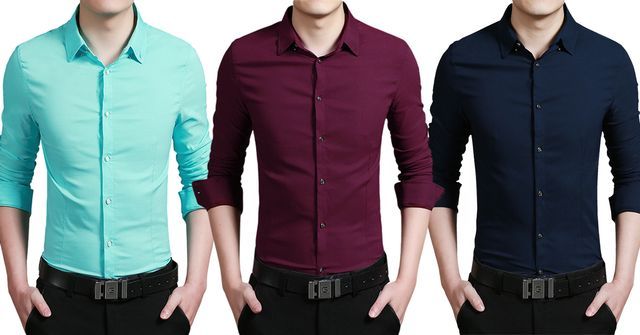In a world where fashion trends come and go, one thing remains constant: the quest for the most comfortable shirt. Whether you’re dressing for a casual day out, a long day at the office, or a relaxing evening at home, the right tour shirt can make all the difference in how you feel. But what makes a shirt comfortable, and is there really a science behind it? Let’s dive into the fascinating world of fabric technology and human physiology to explore the science behind finding the most comfortable shirt.
The Role of Fabric
The first and most obvious factor in shirt comfort is the fabric it’s made of. Fabrics come in a wide variety of materials, each with its own unique properties that can affect how comfortable a shirt feels. Here are some key factors to consider:
- Breathability: The ability of a fabric to allow air to pass through it is crucial for comfort. Breathable fabrics like cotton, linen, and certain synthetic blends help regulate body temperature by allowing heat and moisture to escape. This is especially important in hot and humid conditions.
- Moisture-Wicking: Fabrics like merino wool and some high-tech synthetics have moisture-wicking properties. They can pull sweat away from your skin to keep you dry and comfortable, which is essential for active pursuits or warm weather.
- Softness: The tactile feel of a fabric against your skin is a significant factor in comfort. Fabrics that are soft and smooth, like Egyptian cotton or bamboo, are often favored for their luxurious feel.
- Stretch: Shirts with a bit of stretch, often achieved through the addition of elastane or spandex, can provide a more comfortable fit and allow for freedom of movement.
- Weight: The weight of the fabric matters too. Lighter fabrics are generally more comfortable in hot weather, while heavier fabrics can provide warmth and coziness in colder conditions.
Fit and Design
The science of comfort doesn’t end with fabric; the fit and design of a shirt are equally important. The human body is a dynamic and complex system, so it’s essential to consider how a shirt interacts with it:
- Fit: The fit of a shirt is critical. A shirt that’s too tight can restrict movement and cause discomfort, while one that’s too loose may not provide enough support or insulation. Ergonomic design, which takes into account the body’s natural movements, can enhance comfort.
- Seams and Stitching: The placement and quality of seams and stitching can impact comfort. Flatlock seams, for example, are less likely to chafe or irritate the skin compared to traditional seams.
- Collar and Cuffs: The design of the collar and cuffs can affect how a shirt feels around the neck and wrists. A well-designed collar won’t dig into your skin, and comfortable cuffs won’t constrict your wrists.
- Tagless Design: Tagless shirts have gained popularity because they eliminate the irritation caused by traditional clothing tags. This simple design change can significantly enhance comfort.
Body Temperature Regulation
Our bodies constantly strive to maintain a stable core temperature, and the right shirt can help in this process. Clothing acts as a barrier between our skin and the external environment, influencing our body’s ability to regulate temperature. In cold weather, insulating shirts trap warmth close to the body, while in hot weather, breathable and moisture-wicking fabrics facilitate cooling by allowing sweat evaporation.
Psychological Comfort
Comfort isn’t solely about physical sensations; it’s also influenced by our psychological state. Our perception of comfort can be affected by factors like color, texture, and personal preferences. Some people find comfort in soft, muted colors, while others prefer bold patterns or bright hues. Additionally, a shirt that makes you feel confident and stylish can contribute to your overall comfort.
Conclusion
The quest for the most comfortable shirt is a blend of art and science. While the science of materials, fit, and design plays a crucial role in determining comfort, personal preferences and psychological factors also come into play. Finding the perfect shirt may require some experimentation and exploration of different fabrics and styles, but when you discover the one that makes you feel comfortable and confident, it’s well worth the effort. So, next time you’re shopping for a new shirt, keep in mind the science behind comfort, and you’ll be one step closer to finding your perfect fit.
